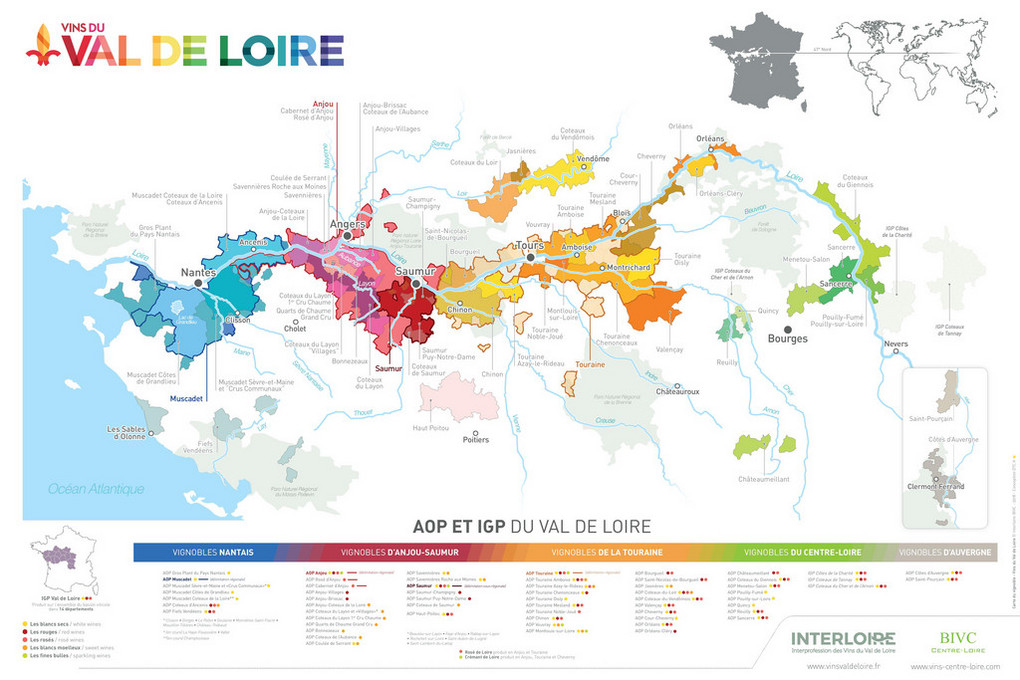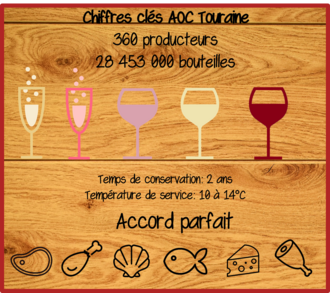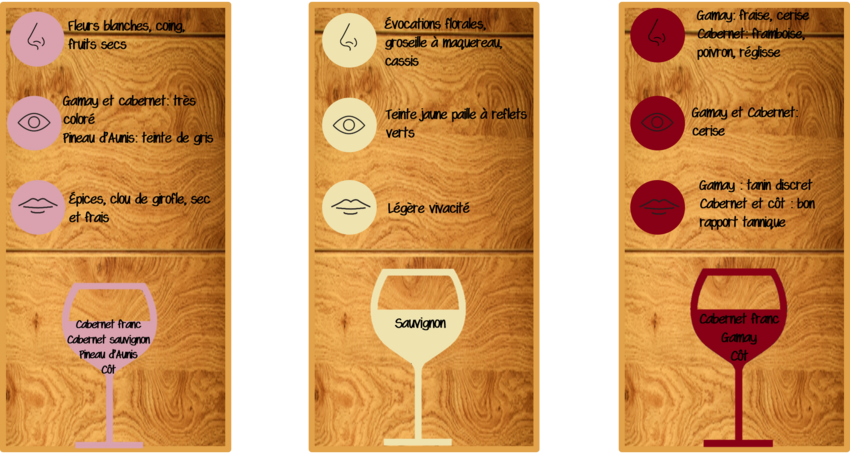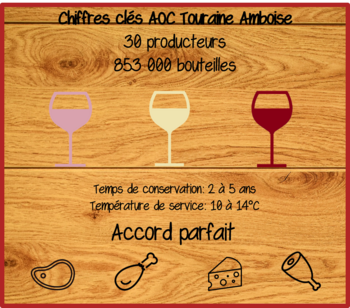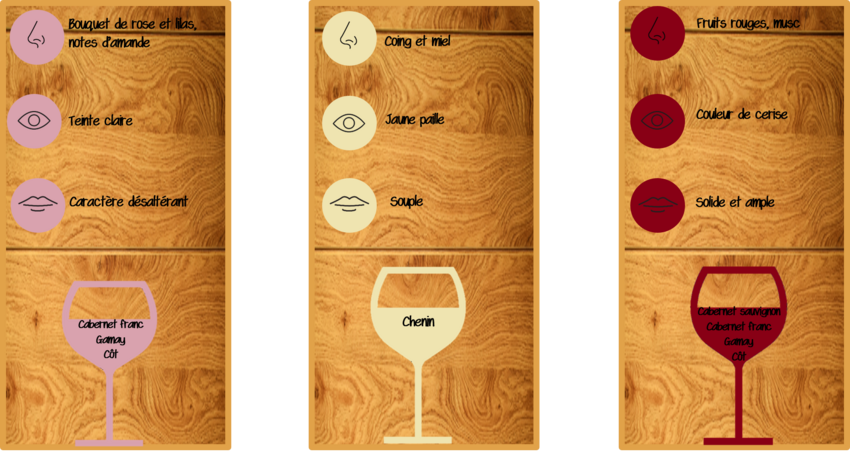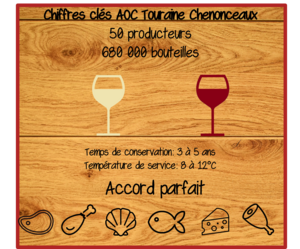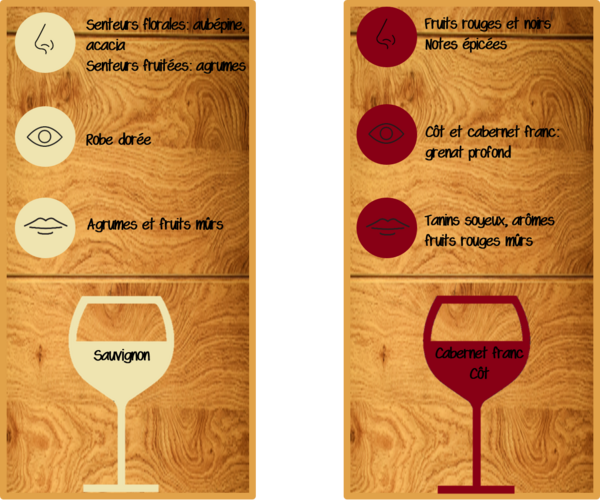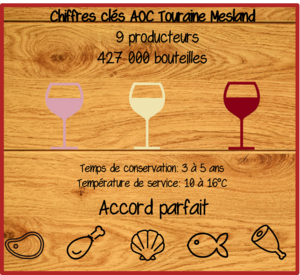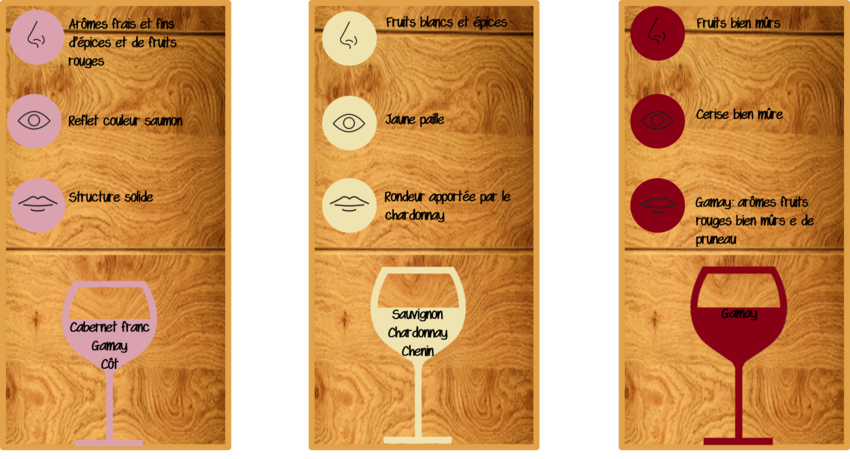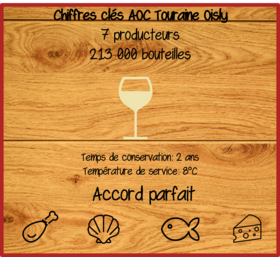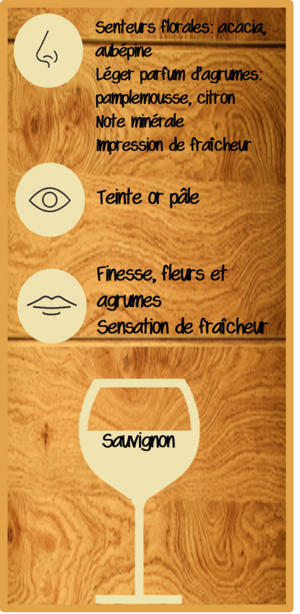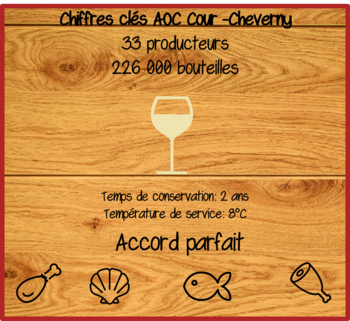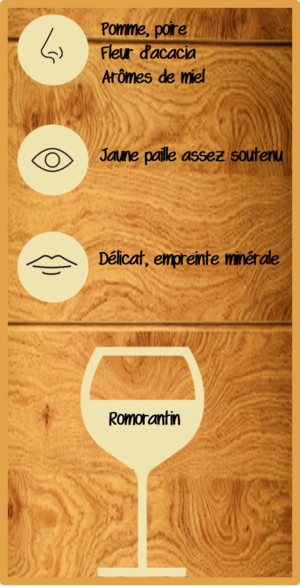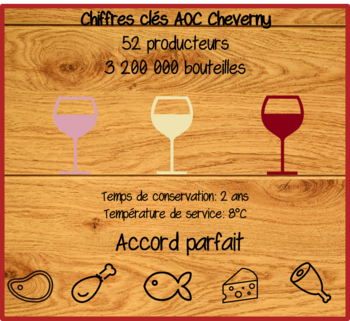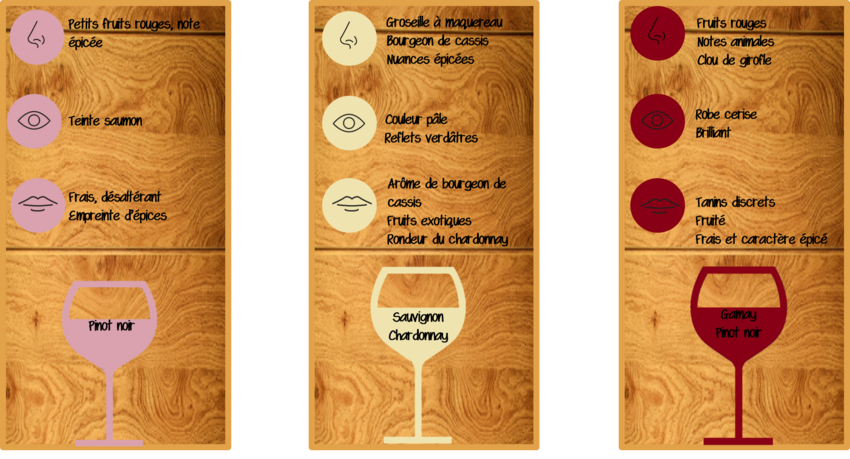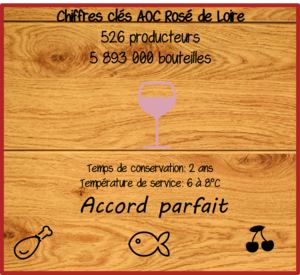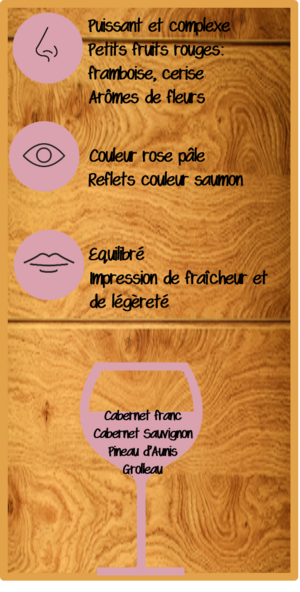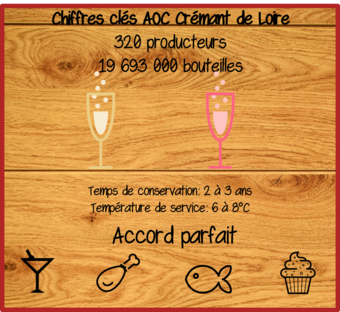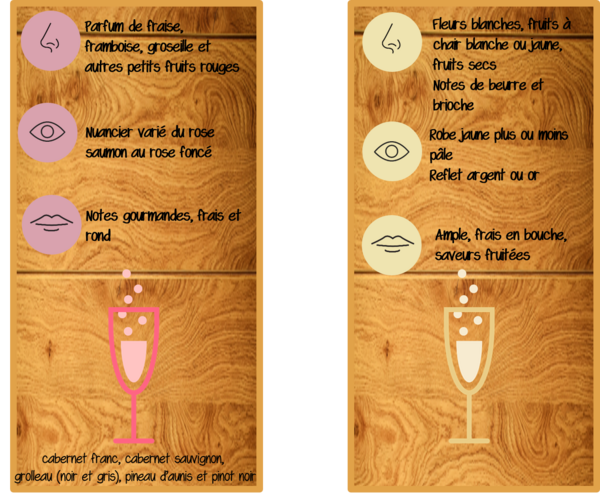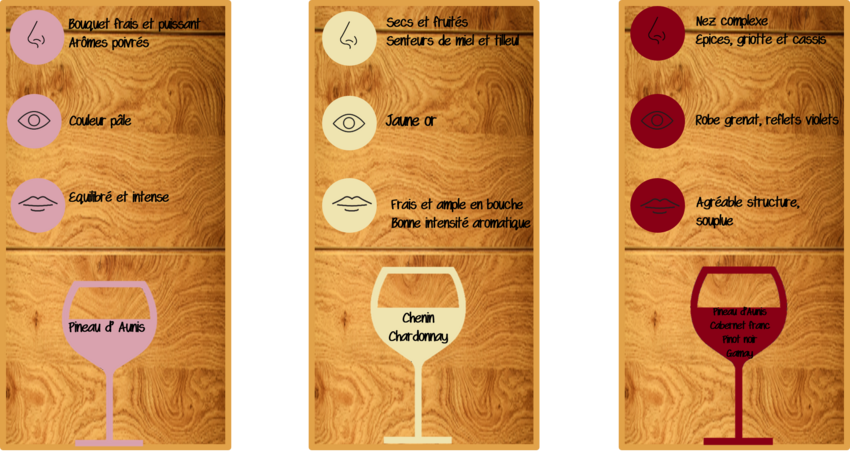Create recipes like a chef
Would you like to enjoy the challenge of creating a recipe at home?
Check out the recipes of the department’s restaurant chefs in video format.
Bon appétit!
More solidarity – for restaurateurs
How would you like to enjoy restaurant-quality dishes at home?
Your Loir-et-Cher restaurateurs offer a variety of delicious dishes to take away. How can they be identified? By the logo ![]() , indicated in the restaurant contact information sheets on the Saveurs41 map.
, indicated in the restaurant contact information sheets on the Saveurs41 map.
Bon appétit!
Apples, pears and seasonality!
Eating fruit and vegetables is good for you! Eating local and seasonal fruit and vegetables is even better!
You can find a seasonal fruit and vegetables calendar in the menu and the fruit and vegetables calendar section on Saveurs41

Saveurs 41 has had a makeover
With a new structure, new design and new features, Saveurs 41 ![]() has been upgraded to provide improved browsing comfort and to make your searches easier.
has been upgraded to provide improved browsing comfort and to make your searches easier.
In addition to food industry producers and artisans, you can search for the best restaurants in the department and keep Saveurs 41 ready to hand on your smartphone or tablet! ![]()
To be consumed without moderation !
The Wines
A walk through the vineyards
Choose your valley and grape variety, and savour wines produced with passion by the wine producers of Loir-et-Cher. Red, white, rosé or sparkling, the various soil types and their exposure produce a wide range of wines from a selection of 10 registered appellations of origin. Intense, fruity, dry, fine bubbles...give your senses a treat (sight, scent and taste) and find the perfect pairing to compliment your dishes.
To be enjoyed with moderation, of course.
Source de l'image: InterLoire
Extends from Indre-de-Loire to Loir-et-Cher, this appellation is produced from different grape varieties: gamay, cabernet franc and côt for the red wines, sauvignon for the white wines; cabernet franc, cabernet-sauvignon, côt, gamay, pineau d’Aunis or grolleau depending on the case for the rosé wines, and chardonnay, chenin or cabernet franc for the sparkling wines.
The Touraine AOC, produced in various areas of the departments of Indre-et-Loire and Loir-et-Cher, is characterised by its diversity and different grape varieties: red (gamay, cabernet franc and côt), white (sauvignon), rosés (cabernet franc, cabernet-sauvignon, côt, gamay, pineau d’Aunis, grolleau), sparkling (chardonnay, chenin, cabernet franc).
Produced from warm, permeable clayey and chalky clay soils, which lie in the first slopes of the valleys, these wines are well-rounded. These balanced wines are available in an aromatic range of fresh and fruity notes that reveal citrus fruits or exotic fruits, as well as floral notes that reveal white flowers.
There are five designations within the Touraine AOC and which demonstrate the diversity of the natural environments: Touraine-Amboise, Touraine-Chenonceaux, Touraine-Mesland, Touraine-Oisly and Touraine-Azay-le-Rideau. Only the first four are produced in Loir-et-Cher.
Further information is available at: www.vintouraine.com/
The natural environment with a soft chalk plateau and a hilly relief offers the wine producers of this appellation the possibility to ensure the ideal conditions of expression for each of the grape varieties recognised. The rosé wines are fruity and fresh. The red wines, which have a good tannic structure, have a quite intense aromatic bouquet revealing mainly notes of red fruits. The white wines are usually dry, but can sometimes include fermentable sugars and be qualified as “medium dry”, “semi-sweet” or “sweet”.
The ageing (an essential stage in the production of the final product) of red wines softens their tannic structure. For the white wines, this ageing strengthens their aromatic complexity.
This appellation extends across the hills of both banks of the Cher. The grape varieties are located on plots with soil that has a significant presence of flint. The white wines usually have an intense aromatic bouquet, revealing floral aromas (hawthorn, acacia etc.) and more fruity notes (citrus fruit, dry fruit etc.). The red wines have a good tannic structure, and an intense aromatic bouquet, revealing mainly notes of red fruits and complex aromas.
Further information is available at : www.vintourainechenonceaux.fr/
Located to the north east of the geographical area of the “Touraine” appellation, Touraine-Mesland is a plateau margin region overlooking the Loire. Here, the soils are composed of flint and sand. The red and rosé wines, mainly produced from the gamay grape variety, express concentrated aromas of red berries. The white wines, which may sometimes include fermentable sugars, have an aromatic and complex bouquet revealing floral aromas (hawthorn, lime blossom, verbena etc.) and more fruity notes (citrus fruits, pear etc.). The taste often finishes with a sensation of freshness.
Further information is available at : www.vin-touraine-mesland.fr
In the heart of the Sologne wine-producing area, these vineyards produce dry white wines made entirely from Sauvignon grapes. The latter unlock their full potential on the continental sand and gravel soils and the typical Sologne formations, made up of sand, clay and shell marl. Climatic data for the geographical area show that it has the most accentuated sub-dry season in the Touraine region. This natural environment provides wines with a freshness characterised by fine and delicate aromas with notes of citrus and white flowers. Ageing (an essential stage in the production of the final product), until at least 30 April of the year following the vintage, serves to lend them complexity.
The Cour-Cheverny AOC produces solely white wines made entirely from the romorantin grape variety. The geographical area of this appellation, planted in sandy to gravelly-sandy soils is located on the left bank of the Loire and extends between the river banks of the royal river, to the north, and the municipalities of Cheverny and Cour-Cheverny, to the south.
These white wines are full of vivacity in their youth. On the nose they traditionally express the aromas of yellow flesh fruit or white flowers. Subtle notes of rhubarb, spices or menthol can sometimes be detected. Their originality is expressed fully over time, and a few years of ageing often reveals aromas of honey, lemon, wax or prune, as well as sweet notes of oxidation, characteristic of the romorantin grape variety.
White, rosé or red, the wines of this appellation are a tribute to the Sologne region and through its name Cheverny castle.
The wines of Cheverny are known for always being made from blends of several grape varieties. For the white wines: sauvignon, grey sauvignon, chardonnay and for the red wines: pinot noir, gamay.
On tasting, the white wines can be distinguished by notes of citrus fruits, exotic fruits or white flowers. The rosé wines are balanced in the mouth and offer an interesting aromatic range of aromas dominated by notes of red fruit and spices. The red wines have notes of red and black fruit and sometimes have a spicy note. Their tannic and delicate structures make them subtle wines, which can be aged for a few years.
Located at the crossroads of Berry, Sologne, Touraine and the forest of Gâtine, this appellation extends across the Loire Valley and encompasses around fifteen municipalities, including the municipality of Loir-et-Cher.
Two thirds of the production is dedicated to red wines with a grape variety dominated by gamay and which have notes of red fruits and spices, a full-bodied and tannic structure. The remaining third of the production includes white wines made from sauvignon, with aromas of citrus fruits, white flowers and exotic fruits and fruity, light rosé wines.
An appellation reserved for sparkling and rosé wines, it extends across several departments (Deux-Sèvres, Indre-et-Loire, Loir-et-Cher, Maine-et-Loire and Vienne). Its geographical area borders the Loire and its tributaries for over 200 kilometres and extends over 255 municipalities.
The white wines are made from chardonnay grape varieties, chenin and orbois, the reds are made from cabernet franc, grolleau, grey grolleau, cabernet-sauvignon, pineau d’Aunis, pinot noir.
“Crémant de Loire” is a sparkling wine that has a regular effervescence with strings of fine, delicate and long-lasting bubbles. The nose often reveals aromas of white flowers combined with fruity notes such as peach or apricot. In the mouth, it is fine and harmonious and offers the palate a sensation of freshness and softness. All of these sensory properties only add to the reputation of this appellation.
The appellation, which extends across the departments of Indre-et-Loire, Sarthe and Loir-et-Cher, comprises dry white, red and grey wines, with a production area that stretches along the Loire valley.
The white wines are made from a chenin grape variety and have scents of honey and lime blossom. The red and grey wines are made from the pineau d’Aunis grape variety. The red wines have aromas of spices combined with scents of red fruit. The grey wines are light and delicate and are dominated by peppery scents.

